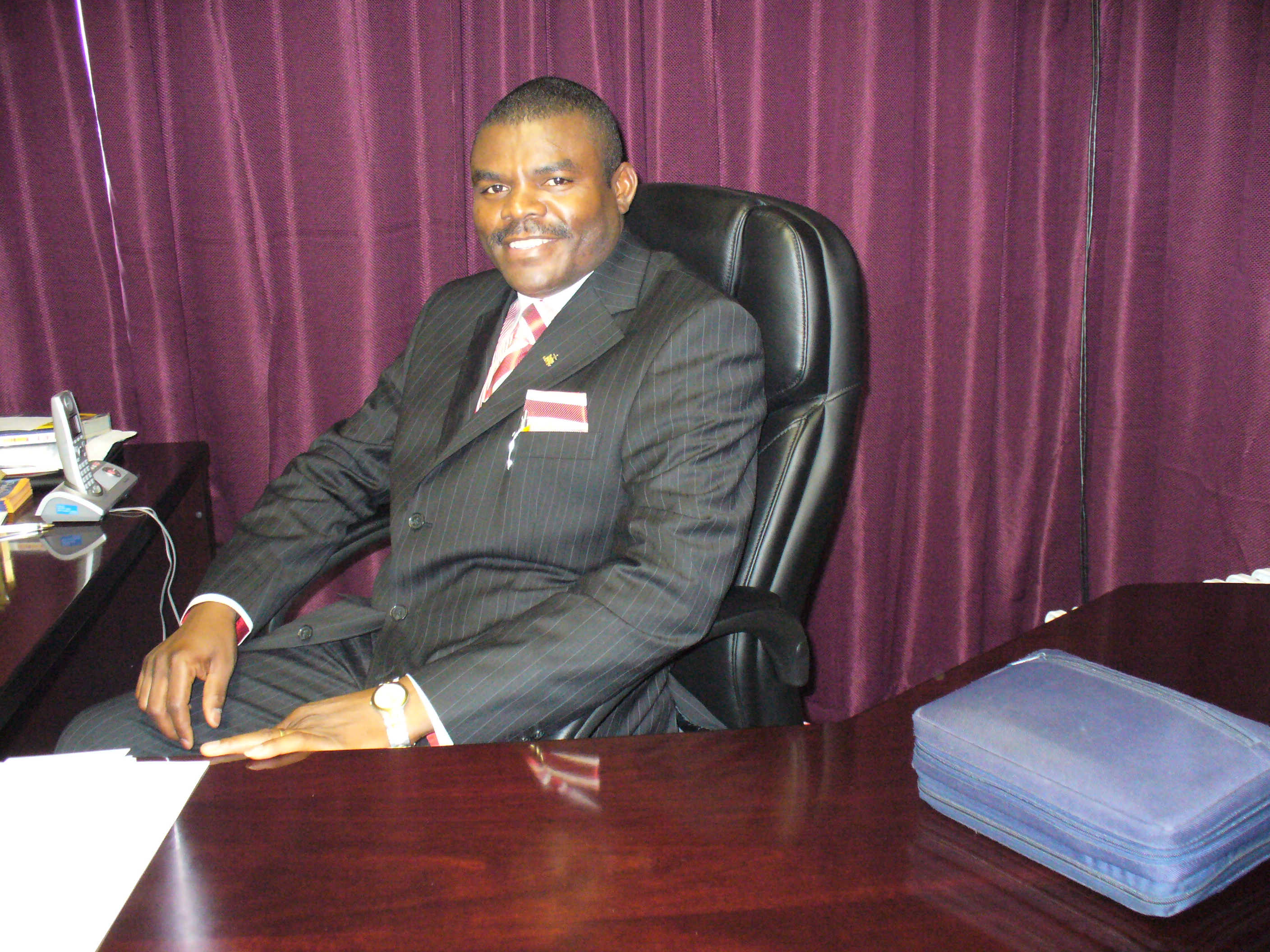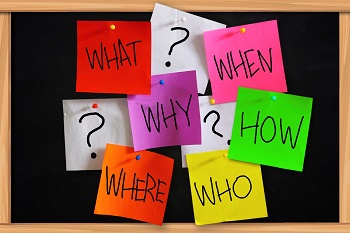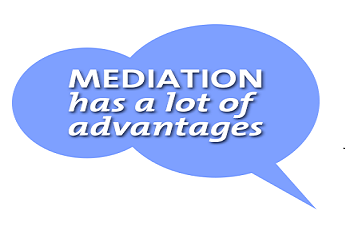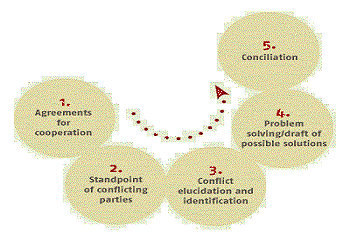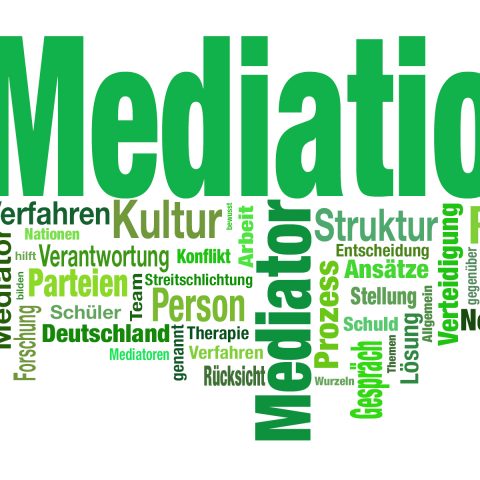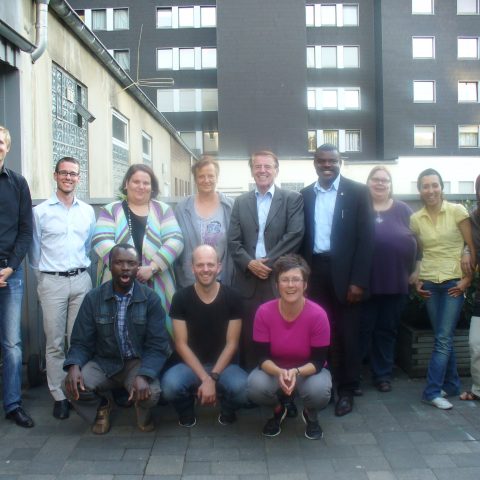In virtually every situation where negotiation is not going well, or where for one reason or another it seems impossible to get a real discussion going with the other party or parties, it’s worth asking whether bringing in someone else might at least help get communication going.That someone else is likely to be, or act as a mediator.
A market woman who sits down between two others to help them stop fighting over their goods; and the Secretary General of the United Nations who is chairing a meeting of 15 Ambassadors, trying to avert a war, may not seem to have much in common, but both are forms of mediation.
HOW DOES THE MEDIATION PROCSS WORK?
Although a mediator cannot force an outcome, the process is very often effective. The key is the ability of the mediator to create a more productive discussion than the parties could have had by themselves. To do this, mediators help the parties determine facts, they show empathy and impartiality with the parties; and they help the parties generate new ideas.
Mediators also exercise political skills and use persuasion to get people to soften hardline positions. Often though not always, they have a lot of background knowledge of the issue and type of dispute.
Sometimes, the purpose of mediation is more to improve relationship among parties who will have to deal with each other again or even to help them learn how best to handle conflicts with other parties in the future. For example; Many marriages have an issue or two that are brought up time and again. Every argument always seems to come back around. Until the issue is resolved in an acceptable manner to both patries, it will continue to appear and fuel further conflicts.
Often, a mediator has to learn which of these purposes is most important to the parties in a particular case and tailor his service to match the purpose.The following are steps to a formal mediation process:
FOUR VITAL PHASES OF MEDIATION PROCESS
1) Introductory remarks:
The Mediator must wait for both parties to be present and then makes introductions. The physical setting will be controlled so that no party feels threatened or intimidated. The Mediator will then give an opening statement. This statement outlines the role of the participants and demonstrates the Mediators neutrality. Some mediators will make comments about what they see as the issue and confirm the case data if letters have been pre-submitted. The Mediator will define protocool and set time frame for the process.
There will be a review of the mediation guidelines and the mediator will recap what it is that he has heard as the issue. This opening statement that is made during the introductory remark will chart the cause or set out the ground rules for the mediation, and these ground rules are what will help the whole mediation process to move smoothly.The Mediator will usually ask if Attorneys are present. If they are, they can confer but the clients should speak freely for themselves.Parties should not interrupt each other; the mediator will give each party the opportunity to fully share their sides of the story.
2) Statement of the Problem by the Parties:
The mediator will give each side the opportunity to tell their story uninterrupted. In most cases, the person who requested the mediation session will start first. The statement is NOT necessarily a recite of the facts, but it is to give the parties an opportunity to frame issues in their own minds, and to give the mediator more information on the emotional state of each party. If there are Lawyers present who make the initial statement, the mediator will then ask the client to also make a statement. The rationale behind the statement of the problem is not a search for the truth; it is just a way to help solve the problem.
3) Identification of problem and gathering of information:
In a bid to get enough information, the mediator will ask the parties an open-ended question to get to the emotional undercurrent. This helps the Mediator build rapport between the parties, especially when facilitative style is used. The question will also help the mediator to find common goals between the parties. The mediator will figure out which issues are going to be able to settle and those that will be settled first.
4) Reaching an Agreement:
Once the participants are committed to achieving a negotiated settlement, the mediator will propose a brainstorming session to explore potential solutions. This can lead to a final agreement, which diffuses the conflict and provides a new basis for future relations. In doing this, the mediator may decide to hold a private session with both parties in order to move the negotiations along. This private session will be confidential. It provides a safe environment in which to brainstorm and surface underlying fears. The goal of the session is to find some common ground by exploring lots of options, and to bring about possible solutions for the parties to think about. Parties can also entertain alternative solutions to their problems without committing themselves to offer the solution as concessions.

